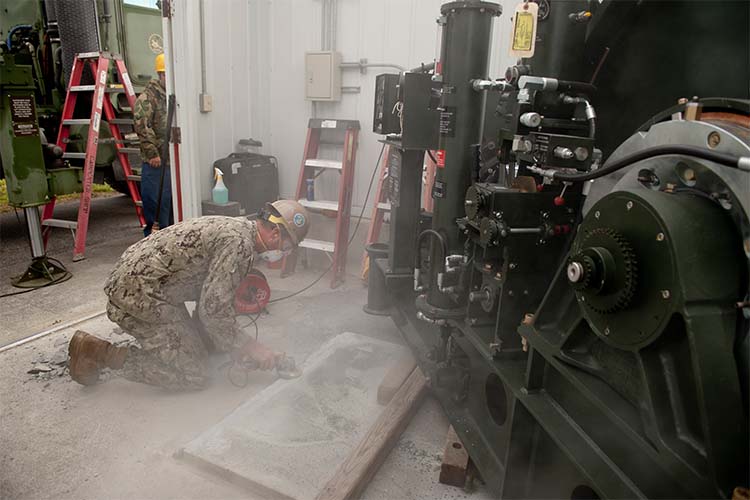Metal finishing operations create explosive dust and this is a huge concern among fabricators today. The NFPA has also introduced new changes that have toughened compliance in this industry.
Sanding and grinding metal work produces fine metallic dust – even after filtration - can be exposed to sparks, resulting in the smoldering of dust, combusting or cause a dust explosion. Combustible metals that are common in the metal industry include lithium, tantalum, zirconium, aluminum, magnesium, titanium and cold-rolled steel.
Dust from an industry can be collected in two ways; dry or wet collection systems. In some cases, the dust from different metals might mix during dry dust collection and cause a hazardous environment.
Follow the guidance of a safety professional to pick the right dust collection system, prevent dust fires and improve the quality of air.
Addressing Dust Hazards
If you’re handling different types of metal, it's best to separate the metal finishing areas to stop the dust from combining.
When grinding steel, steel wool lint is produced. When this material comes into contact with grinder sparks, it could smolder and catch fire. Therefore, even the tiniest dust particulates must be collected.
Downdraft tables must be used to purify the air through a mix of centrifugal force and a violent mixing of contaminated air and water.
Ergonomic Considerations
When choosing and designing dust collection systems, your company must make crucial ergonomic considerations. The dust collection systems must, therefore, be easy to use, offer some form of flexibility and speed up factory operations.
Choosing a dust collection system for your work site may lead to more than simple compliance – it can lead to a healthier, happier and more productive workforce.













